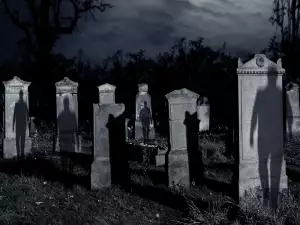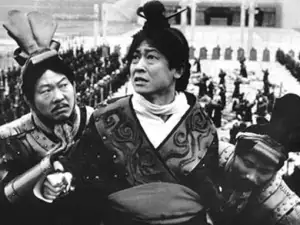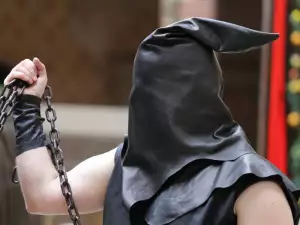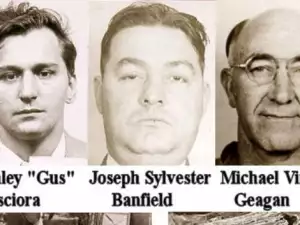The debate "for" and "against" the use of the death penalty dates back to when it was first applied. Both sides have their arguments and reasons and they often clash with each other in heated arguments.
Even though the number of people against the death penalty increases with each passing year, capital punishment still receives wide support within the US. According to a Gallup poll in 2009, nearly 65% of American citizens support the death penalty.
Of course, these 2/3 of Americans are "for" the death penalty, only when it has been proven beyond a shadow of a doubt that the person is guilty. People want to be sure that the criminal receiving a lethal injection or being "fried" in the electric chair is the true culprit. Because in the American justice system, there have not been just one or two mistakes made.

Here are some of the most controversial and debated death sentences with their executions in the US:
Teresa Lewis - 2010
Teresa Lewis was the first woman to receive the lethal injection on the territory of the state of Virginia. Lewis was accused of paying off 2 mercenaries to murder her husband and stepson. The murders took place in 2002.
Teresa was found unmistakably guilty for the assassination plot of the murders of her husband and stepson. That, which shook up public opinion was the fact that Teresa Lewis had an IQ of 72. This is only 2 points above the mark under which people are labeled as mentally retarded.
Taking the advice of her lawyer, Teresa pleaded guilty, hoping for clemency. Instead, she was sentenced to death. A number of public figures, including the writer John Grisham, came out against the carrying out of her sentence.

They sent hundreds of plea letters to the governor of the state of Virginia, Bob McDonnell but they were all ignored. Teresa Lewis was executed by lethal injection on the 23rd of September, 2010. The ones who physically carried out the murders were sentenced to life in prison.
Caryl Chessman - death sentence with stay of execution - 1960
The death sentencing of Caryl Chessman was one of the most controversial of the 20th century. Opponents of the death penalty believe that it is symbolic and reveals the flaws of the US justice system.
Chessman was sentenced to death for robbery, along with kidnappings and rape. The crimes were committed in 1948.
Members of the jury recognized that Caryl Chessman inflicted such violence on the bodies of his victims during their kidnapping and rape, that it was comparable to killing them and the case must be viewed as such.

The court sentenced him to death. From the cell of the death row inmate, in which he spent almost 12 years, Chessman wrote books containing his memoirs, in which he claimed that he confessed because of torture committed upon him during the initial interrogations.
His sentence caused death penalty opponents to rise up. Appeals for clemency for Caryl Chessman were given by the former first lady Eleanor Roosevelt, the writer Ray Bradbury, the poet Robert Frost. Chessman's execution was postponed a total of 8 times. Because of an unfortunate flow of events, the criminal was unable to make use of a 9th postponement.
On May 2nd, 1960, Chessman was put in the gas chamber of San Quentin Prison. The toxic gas was released. At that moment, the telephone rang, the caller identified himself as the judge's secretary and announced that a federal judge had issued another stay of execution. The phone call was a few seconds too late, which ended up being fatal for Chessman - he breathed in a bit of the deadly gas and died a few moments after.
Bruno Hauptmann: the Lindbergh kidnapping - 1932

The kidnapping and murder of the 20-month-old son of Charles Lindbergh in 1932 was labeled as the "Crime of the Century". Two years after the crime, police arrested German immigrant Bruno Hauptmann. Hauptmann was caught spending some of the ransom money, which the Lindbergh family had been paying the kidnappers before finding out that the baby was dead.
Naturally, the Crime of the Century could only lead to the Trial of the Century. Throughout the whole trial, Bruno Hauptmann maintained that he was innocent. Analysis of the evidence showed that it was not quite sound.
With the passage of time it became evident that part of the eyewitness testimony which sent Hauptmann to the electric chair, were not fully reliable. There were also other inconsistencies. The absence of fingerprints of the accused at the scene of the crime remains unexplained.
Hauptmann's widow fought until her death in 1994 to prove that her husband had not committed the crime of which he was accused and for which he was executed.












